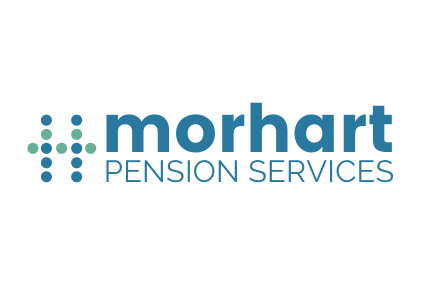How a SSAS can work for a family and their business
A SSAS can help build a family’s pension provision, while supporting the business through its financial development.
A case study
Husband and wife, Richard and Cleo Vaughan, run a successful business. Their company has been trading profitably for several years and they are hoping to expand into adjacent premises.
In considering the expansion, Richard and Cleo discuss options with their accountant. They are both in their late 50s and some of the topics discussed at a planning meeting with their professional advisers include:
- Their business is profitable, and projections look positive for future years, so corporation tax planning needs to be considered.
- Their interest in additional commercial space and the options in funding/purchasing and developing the building.
- Their children both work in the business, and they are concerned about pension provision for them.
- Although in good health they want to ensure that the family business continues and passes to their children after their death.
The Plan
With help from the family’s accountant and financial adviser the concept of a SSAS is discussed. The family like the idea of being a trustee and in control of the investment decisions as well as having the option to include family in the membership of the Scheme.
The decision is made for the company to establish a Morhart SSAS and invite Richard, Cleo and the children to join. Once registered with HMRC the plan for the SSAS is:
- To make use of carry forward rules and make an initial employer contribution thereby making a significant reduction to the company’s corporation tax bill. All four members play vital roles in the success of the business and the company accountant is comfortable with this.
- Existing pension arrangements are transferred to the SSAS. They are salaried and employed by the Principal Employer of the SSAS, so this meets HMRC requirements so the transfer can proceed.
- Future employer contributions are planned. Annual allowance, benefits on death (see below) and other planning issues will be addressed at review meetings with the family’s financial adviser.
- The family’s financial adviser, together with Morhart, sets out the plans to move the existing commercial property into the SSAS and, in addition, sets out funding options including a commercial loan from the company to the SSAS in order to purchase and develop the new premises.
- Detailed death benefit nomination forms are completed as part of the SSAS establishment for all four members. Richard and Cleo are very keen for the commercial property on their death to remain in the SSAS for future benefit of the family business.
- A decision will be made in the future on inviting new members to the SSAS, including grandchildren who may join the business.
Things to consider
Annual Allowance
The current annual allowance is £60,000 p.a. for each member, this means that the maximum each member can pay (or have paid on their behalf in the case of employer contributions) is £60,000 before the excess gets taxed.
Contributions need to be wholly and exclusively for the purposes of the business.
Death Benefits
The assets of the SSAS i.e. the family business property can remain an asset of the SSAS and would not form part of the parents’ estate as the SSAS sits within a discretionary trust and is a separate legal entity. There would be no inheritance tax payable.
A SSAS has the ability for pensions to be paid directly from the assets, as opposed to being purchased through an annuity. This is known as income drawdown and provides additional flexibility such as the ability for funds to be inherited down to the next generation.
As an example, in the event of either Richards or Cleo’s death, their funds and the assets can remain in the SSAS. They can either be used to provide benefits for the surviving spouse or left in the SSAS to continue to grow, and be used to provide an income for the children when the time comes.
If the decision was made to sell the family business and the premises, then the sale would not attract any capital gains tax.
Benefits are paid tax-free in the event of the member’s death prior to their 75th birthday (lump sums are subject to the lump sum and death benefit allowance). Benefits are taxed at the beneficiary’s marginal rate, in the event of death after age 75.
Potential for other members
A SSAS can have up to 11 members. Once established it is possible for the directors to invite other employees, usually senior employees or even grandchildren eventually, to join the SSAS. Contributions can then be paid, and they will enjoy the benefits of the SSAS, like the family members.
The outcome
Once the family business SSAS has been set up:
- The Vaughan family has a custom family pension scheme, for which they serve as trustees.
- Ownership of the business premises has been transferred to the SSAS, exempting it from Capital Gains and Inheritance Taxes.
- The property can remain within the family for future generations as needed.
- The children's pension funds can now grow alongside those of their parents.
- The new premises can be acquired and developed using the SSAS.
Want to know more?
If you would like to talk to us about anything SSAS, including setting up a family business SSAS, contact us on 0117 4577784 or e-mail us.
